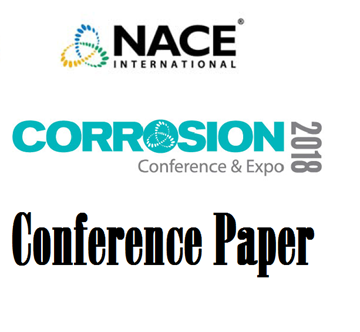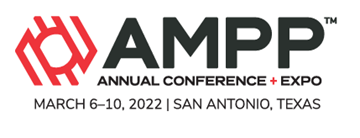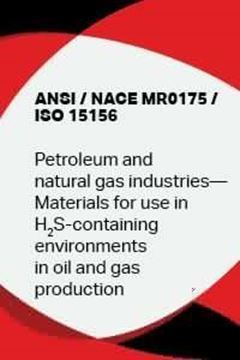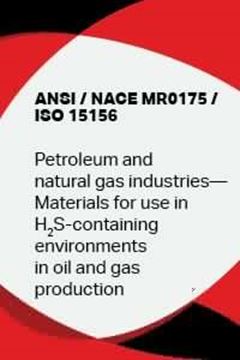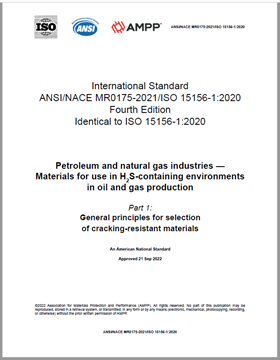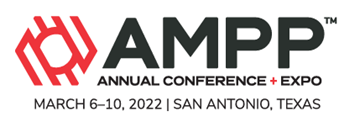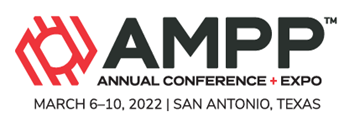Search
Products tagged with 'protective coatings'
View as
Sort by
Display
per page
51318-11230-Evaluating Cost-Effectiveness of Water Infrastructure Corrosion Control Methods
Product Number:
51318-11230-SG
Publication Date:
2018
$20.00
A High Volume Production Multi-Use Polyurea Protective Coating
Product Number:
41206-221-SG
Publication Date:
2006
$20.00
An Innovative Thermoplastic Coating For CUI Applications
Product Number:
51322-18122-SG
Publication Date:
2022
$20.00
ANSI/NACE MR0175/ISO 15156-2009 (Chinese), Petroleum and Natural Gas Industries—Materials for Use in H2S-Containing Environments in Oil and Gas Production
Product Number:
21310-SG
ISBN:
1-57590-176-5
Publication Date:
2009
$310.00
ANSI/NACE MR0175/ISO 15156-2015
Product Number:
21307-SG
ISBN:
MR0175/ISO15156
Publication Date:
2015
$255.00
ANSI/NACE MR0175-2021/ISO 15156:2020
Product Number:
ANSI-NACE MR0175-2021
Publication Date:
2021
$495.00
Assessment And Rehabilitation Of Piping Inside Water And Wastewater Treatment Plants
Product Number:
51322-18200-SG
Publication Date:
2022
$20.00
Benjamin Franklin Bridge Painting Project
Product Number:
41206-262-SG
Publication Date:
2006
$20.00
Case Study: Foreign Operator DC Interference On An Existing Pipeline Systems
Product Number:
51322-17587-SG
Publication Date:
2022
$20.00
Challenges and Insights behind Qualifying a Protective Coating as a Corrosion under Insulation Preventive Coating
Product Number:
51324-20774-SG
Publication Date:
2024
$40.00

